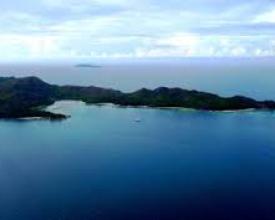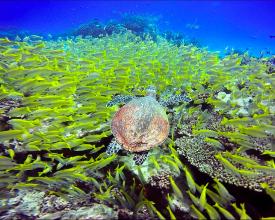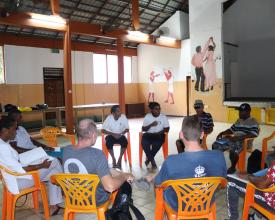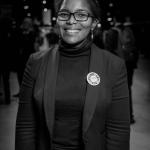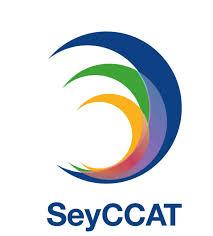
Seychelles' first debt-for-nature swap for ocean conservation
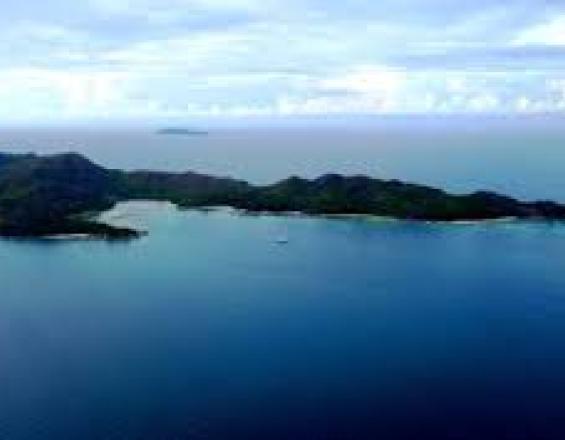
Since 2013, the government of Seychelles identified the need to reduce economic vulnerability and dependance on tourism, increase the GDP from marine sectors, create high-value jobs and ensure food security through the protection and sustainable use of marine resources.
The Seychelles’ Conservation and Climate Adaptation Trust (SeyCCAT) was created in 2015 together with the Government of Seychelles and The Nature Conservancy. The parties concluded the first debt-for-nature swap for ocean conservation, through a US$ 21.6 million debt restructure. SeyCCAT was given the management of two innovative financing deals, the Blue Grants Fund (total of US$ 11.6 million) and the Blue Endowment Fund.
SeyCCAT is now a conservation trust fund tasked with mobilizing resources to advance the Seychelles’ blue economy.
Context
Challenges addressed
The future of Seychelles holds many challenges in terms of climate change, rising sea levels, coral bleaching, shoreline erosion, control of invasive alien species, sustainable harvesting of fish stocks, and efficient management of Protected Areas.
To mitigate threats to its island economy, the government has moved to reduce the dependence on tourism by promoting research and development into farming, fishing, offshore renewables, hydrocarbon exploration, small-scale manufacturing and the knowledge-based economy of the offshore financial sector.
The holistic way of looking at the ocean and its future contribution to the nation’s economic growth, demands the engagement of the government, private sector and communities in terms of balancing sector development with conservation planning and implementation.
One important tool is the development of SeyCCAT, which injects significant capital into Seychelles’ endeavours to protect its marine environment and invigorate this new economy.
Location
Process
Summary of the process
To establish blended finance mechanisms, strong public-private partnership is critical. The private sector provides the capital and the risk is reduced by leveraging public mechanisms, such as public debt, partial guarantees, concessionary loans to reduce the risk of default for private sector. To increase investor confidence, non-governmental, not-for-profit organization like SeyCCAT with representation of all sectors on its Board, provides the much-needed vehicle to manage these transactions and the proceeds to be used based on what has been agreed by all parties.
The independence of SeyCCAT with only 3 of a 9-member Board representing Government, means that government departments, agencies, civil society, businesses are all eligible to apply for funding from SeyCCAT. However, it is important that these eligible groups are able to access the funds so putting in capacity-building initiatives is of utmost importance to enable their absorption.
Building Blocks
Public - private partnership (PPP)
A Public-Private Partnership (PPP) is critical to the success of blended finance mechanisms such as the debt-swap and the sovereign blue bond. The SeyCCAT Board includes representatives from government, private sector and civil society.
Private engagement in such a partnership is mandatory for attracting private capital investors, who will not be able to fund solely public institutions, due to internal donor policies.
Enabling factors
- The private sector provides the capital
- Risk reduction mechanism through partial guarantees.
- Public debt can be leveraged.
Lesson learned
- It requires the understanding of the factors that are important to all parties, to ensure that the agreement that is reached, satisfies all parties' concerns.
Autonomy and independence of the trust
SeyCCAT must be established as non-governmental in nature, with its autonomy and independence to effectively manage the funds. It participates in increasing the investor confidence.
We should not be seen as another arm of the government, but have a financial and decision-making autonomy, while considering government as a key partner. One of the reasons is that donors have certain internal policies, preventing them to fund government directly.
We are transparency in law, which foster good governance and transparent decision-making processes with all stakeholders and partners involved.
Enabling factors
- Board with good representativity
- Capacity building for eligible projects applicants to access the funds
Lesson learned
The ability to work without interference from either government or private donors, other than what was agreed at inception, provides the organisation the independence and autonomy to act in the best interest of the marine environment.
Representativeness of the board
The SeyCCAT Board has members from public and private sectors and civil society, with a majority from the private sector and civil society. It brings all stakeholders' views to the table, so that we get guidance from private sector as well as the NGOs. It is a tri-partite decision-making process, that brings strong consensus, which in turn enhances buy-in from all stakeholders and generates better results.
Enabling factors
- Willingness for all actors to be involved in the guidance of SeyCCAT's work
- Taking decision as a whole with the agreement of everyone.
Lesson learned
Representation increases legitimacy and allows for all voices to be represented but efforts must be made not to topple the balance by ensuring that the position of Chair and treasurer are not allocated to those from one sector.
Capacity building to access the funding opportunities
Capacity-building provided to community members to enable them to access the financing opportunities offered by SeyCCAT is essential. This includes sessions on how to write a project proposal, developing a budget, and reporting amongst many other project management skills.
There are different capacity building models. With youth, we get youth experts to teach other young people, on the peer-to-peer principle. We have also a dedicated coaching team, who supports the whole project application cycle. We also partner with existing organisations who have expertise in project management training.
We build capacities for short-term SeyCCAT applications, but it participates in life-time capacity building for the people to apply and manage other projects beyond SeyCCAT.
So far, SeyCCAT has build capacities of about 200 people.
Enabling factors
- Funding allocated to enable the capacity-building be delivered;
- Partnerships with expert organisations in capacity-building and project management skills
Lesson learned
- This is a long-term investment and because it usually starts immediately, it means during the early days there will be limits to the absorption of funds.
Impacts
SeyCCAT supports the implementation of a marine spatial plan to designate 30% of the Seychelles’ Exclusive Economic Zone (EEZ).
SeyCCAT has created social inclusion in the development of the Blue Economy, through the disbursement of US$ 700,000 annually, as grants to advance marine protection, sustainable fisheries and blue economy. Since its launch in 2017, it has indeed issued over US$ 1.5 million in grants to more than 25 grantees implementing a total of 33 projects. The grants have benefited marine protected areas such as Curieuse Marine National Park, Aldabra, Bird Island, Alphonse Island and Farquhar and with baseline assessment of the marine biodiversity of Fregate island, an aspiring MPA.
More than half of the funds have gone towards projects led by or benefited women and a third towards youth-led or projects where youth are the primary beneficiary. 23 projects have benefited small-scale artisanal fisheries.
Beneficiaries
- SeyCCAT
- Civil society
- Government departments and agencies
- Private businesses
- Seychellois
Sustainable Development Goals
Story
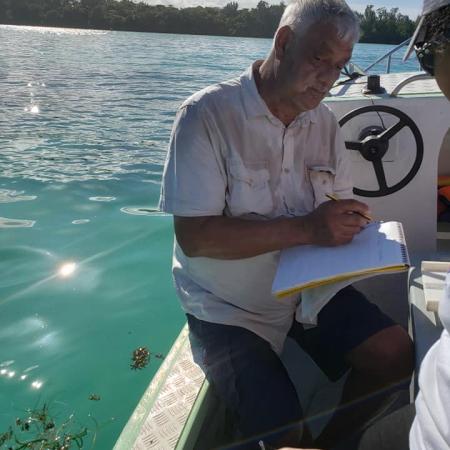
SeyCCAT is more than a project donor. It is not just what we do that is important to us, it is how we do it that matters too. We understand that our ambitious Vision can only be delivered through the people and organisations that we invest in, and that our success depends on theirs.
We will create the space for new ideas, help those ideas evolve, forge new creative collaborations, and boost individual and collective impact. We will empower the local and regional leaders of tomorrow and disseminate what we and our partners learn.
We believe that by demonstrating our commitment to:
- Ideating and Incubating;
- People and Partnerships;
- Empowering and Investing; and,
- Learning and Sharing
…. that together we will succeed in securing our Vision for:
Seychelles’ ocean and islands to be stewarded by the people of Seychelles, generating sustainable benefits for future generations to share.
Whilst SeyCCAT emerged in response to a financial crisis in 2008 to support the Government of Seychelles with the restructure of its debt, the model has proven to be resilient to crises as it now remains vibrant during COVID_19. The SeyCCAT model continues to attract additional funds to support Seychelles’ ocean and climate leadership. It also, acts as a source of optimism as tourism collapses, as financing is still available to various actors, including managers of marine protected areas to finance their initiatives.

